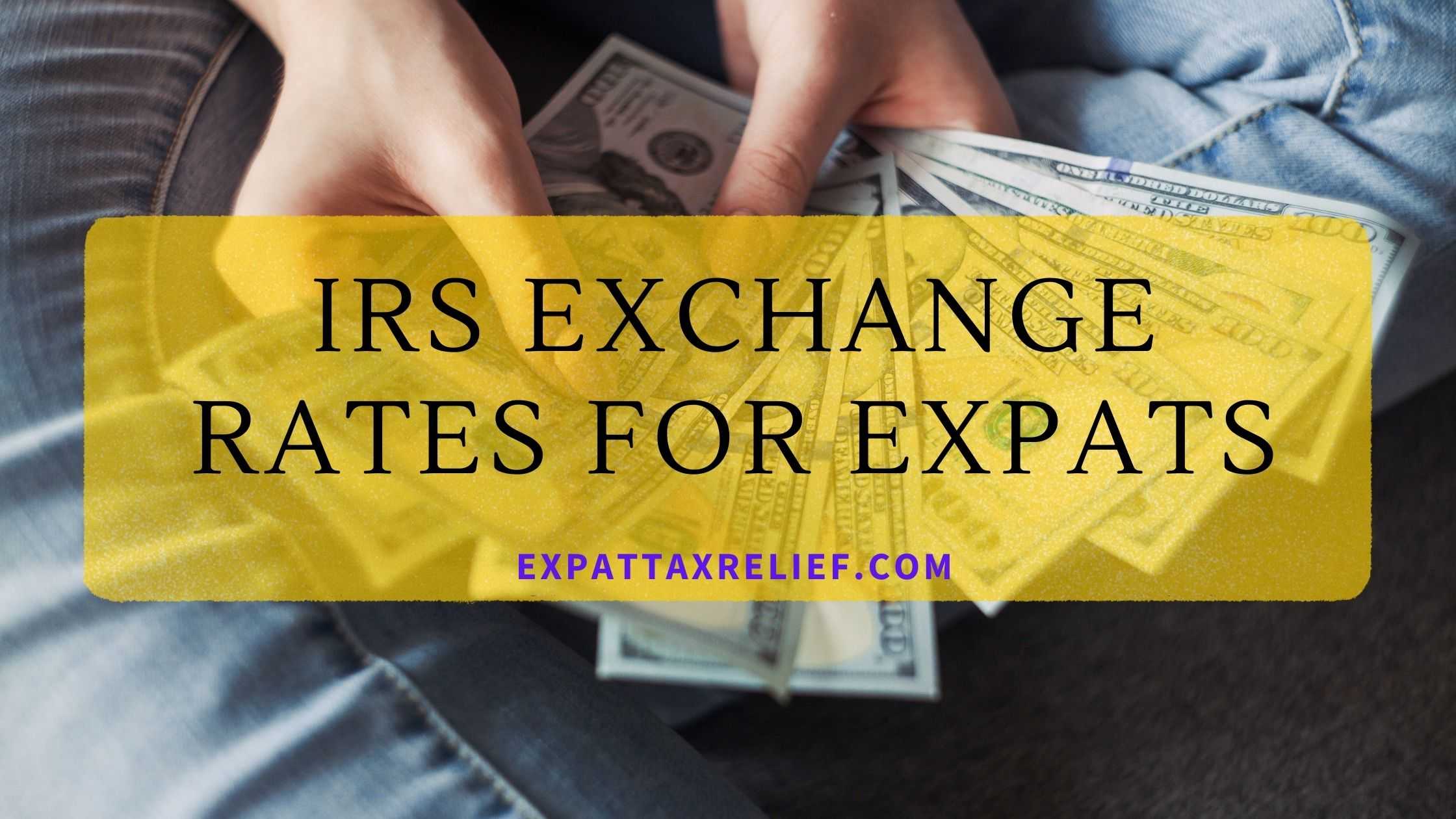What are the IRS exchange rates for Americans living abroad?
Filing your expat taxes generally means converting your foreign income into US dollars. To do that, you need to understand IRS currency exchange rates. This is what you need to know.
Why are IRS exchange rates important for expat taxes?
Every year, Americans living abroad must file a US federal income tax return showing their worldwide income. In some cases, you may also need to submit additional forms, such as FATCA or FBAR.
On all of these forms, you must report your income and assets in US dollars (USD). That means converting the foreign currency you are using to USD.
For example, if you live and work in Japan, you will likely get paid in Japanese yen. To report that income on your US tax return, you will need to convert it from yen to US dollars. And if you own Japanese assets above a certain threshold, you will also need to report their value in USD.
So how do you convert a foreign currency to USD? That’s where IRS exchange rates come into play.
What is the IRS exchange rate?
The IRS does not have official exchange rates. However, according to the IRS website, they generally accept “any posted exchange rate that is used consistently.” And when valuing a foreign currency that has multiple published exchange rates, the IRS advises that you use the rate that applies to your specific circumstances.
For example, if you report a single transaction for a day, such as a business sale, use the exchange rate posted for that date. If you are reporting income that you received evenly throughout the year, on the other hand, you probably want to use the annual average currency exchange rate for that tax year.
How to convert a foreign currency to US dollars
Trading currencies may seem complicated, but it doesn’t have to be a hassle. Here’s a quick summary:
To convert a foreign currency to USD, divide the amount of the foreign currency by the applicable exchange rate.
To convert USD to a foreign currency, multiply the USD amount by the applicable exchange rate.
Let’s look at an example.
In 2020, the annual average exchange rate to convert the Mexican peso to USD was 21.47. So to convert pesos to USD for that year, you would simply divide the peso amount by 21.47 And to convert USD to pesos, you would multiply the amount in US dollars by 21.47
Therefore, 1,000 pesos would have been equivalent to approximately 46.58 USD (1,000 ÷ 21.47). In contrast, 1,000 USD would have been equivalent to 21,470 pesos (1,000 x 21.47).
How to convert a foreign asset to US dollars
As an American living abroad, you may need to report the value of certain foreign assets in addition to any income you accumulate. These foreign assets can include:
Bank accounts
Investment accounts
Investment funds
Stocks
Captivity
Values
Interest in a foreign entity
Again, you will need to report these assets in the form of USD. Begin by determining the maximum value of the asset during the calendar year in question, using the foreign currency of the country in which you live. Then convert that value to USD using the same formula we introduced earlier.
For example, let’s say you have interests in a foreign company in Denmark. You determine that during calendar year 2020, the maximum value of your interest was 10,000 Danish crowns. Because the average annual exchange rate of the krone to USD in 2020 was 6,538, this would mean that your interest was worth approximately 1,529.52 USD (10,000 ÷ 6,538).
That is the amount you would report to the IRS.
Note: When reporting assets in a Foreign Bank and Financial Interest Report (FBAR), you should calculate the maximum value of each foreign asset using the Tax Service Office’s Treasury Information Exchange Rates, if possible.
Get expert help with your expat tax filing
Hopefully, this article has given you a better understanding of how to use IRS exchange rates to report your income and assets to Uncle Sam. However, US tax law is complicated, especially for Americans living abroad. If you still have questions, we can help you. (Click Here to Contact Us)

